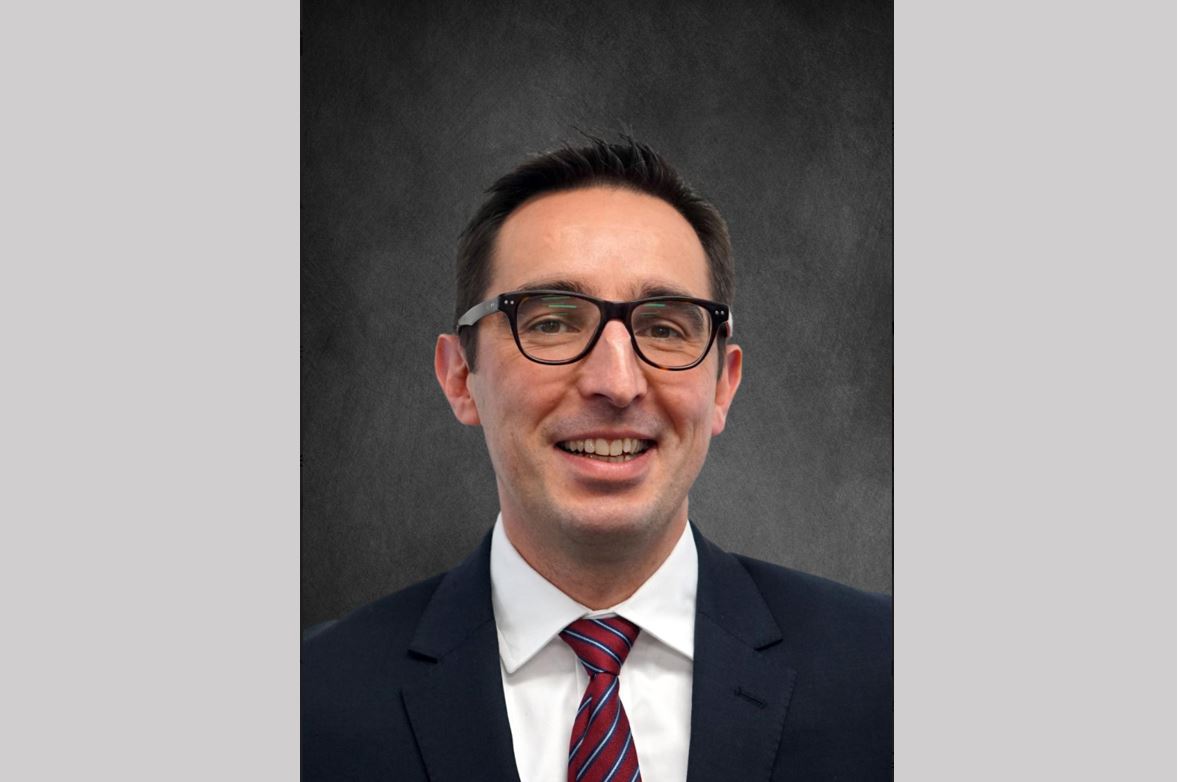Almost two years ago, after a long career in the asset management industry, Pascal Dubreuil joined the global fixed income and currency team, as Portfolio Manager, at H2O Asset Management, an affiliate of Natixis Global Asset Management, which specializes in Global macro management and alternative strategies of fixed income.
Since then, Dubreuil has been the main investment decision maker of the H2O Multi Aggregate fund, a flexible global fixed income fund actively embracing all debt and currency markets. It can invest globally, with a high degree of granularity, in the widest possible set of liquid fixed income securities ranging from all the investment grade securities featuring in its benchmark, the Bloomberg Barclays Global Aggregate index (BBGA), to high yield securities, issued both by governments and corporations. The currency exposure of the fund is also actively managed according to directional and relative value strategies designed to optimally translate their macroeconomic scenario into global asset allocation.
The Base Scenario in Macroeconomic Terms
According to Dubreuil, the business cycle of developed countries has further to go, as private leverage is not extended enough yet. “Within this group, the US is leading the Eurozone by one to two years, while the UK is beginning to feel the economic cost of Brexit. In contrast with most developed countries, growth in emerging countries is structurally impaired. Commodity producers (most of Latin America and the Middle East) have barely recovered from their recession and are pulled down by bloated balance sheets inherited from the past,” he said.
Furthermore, he believes that growth of manufacturing exporters, mostly from the Asian region, has fared better, but it has over-extended through an increasing and unsustainable leverage. “Growth in emerging countries is either poor in quantity or in quality. Like in the late 90s, the global business cycle is not synchronized across regions. To express these macroeconomic views in H2O Multi Aggregate, we inter alia use currencies, e.g. implementing a long USD position versus a short exposure to Asian and commodity currencies like AUD and NZD.”
Dubreuil maintains that, the excess leverage of manufactured products’ exporting countries has resulted in core inflation in the US becoming the other main macro risk. “The tightness of the US labor market should increase further as the business cycle continues. Pressure on wages and inflation should eventually recover from the recent soft patch. When it does, dollar funding would get tighter which would present a key challenge to de facto dollar-zone countries, some of which also exhibit excessive leverage (e.g. China, Northern Asia, Canada, and Australia). Fixed income markets would not perform well in this rising US core inflation scenario, but the extent depends on how prepared investors are for a rising yield environment.”
How is the portfolio positioned?
The H2O Multi Aggregate strategy’s investment process is designed to implement relative value strategies across the main Sovereign Developed debt markets in order to benefit from rising divergences in monetary policies. “We also slice and dice the H2O Multi Aggregate’s benchmark, the BBGA, and implement strategies aiming at exploiting its strengths and weaknesses. To benefit from the normalization of interest rates initiated by the Fed, we underweight the duration of the fund in the US compared to the benchmark, with a particular emphasis on the 5-year segment of the US curve, as we expect the US interest curve to continue to flatten between the 5-year and 30-year pillars,” Dubreuil commented.
He also believes that the valuation of government bonds issued by European peripheral countries compelling: “The core and the periphery are converging economically; political risk is receding, while the ECB should lag the Fed in hiking interest rates by at least another year.”
Moreover, valuations of Emerging Debt Markets are less attractive since the sharp rally they have experienced since early 2016. “China’s cyclical recovery is likely to fade out, leading to headwinds for commodities, which are key for Emerging Markets. Therefore, we have a selective allocation, focused on core value trades like Mexican local sovereign bonds, offering a high yield and a clear disinflation path ahead. We also see opportunities in frontier markets like Iraq and Zambia, both benefiting from their carry and IMF’s involvement that anchors both policies and investors’ expectations.”
As regards corporate credit exposure, the team at H20 favors subordinated bonds from European financials and non-financial issuers exhibiting strong fundamentals. “They still offer attractive credit spreads and benefit from strong technical factors as the volume of new issuance of the credit markets we favor, is expected to remain moderate in the coming months.”
To conclude, Dubreuil sums-up H2O Multi Aggregate’s directional strategies by asset class, “The fund is underweighted in duration and overweighted in credit versus the benchmark, and long USD versus other currencies. The main relative value strategies as far as rates, currencies, and credit are concerned, are respectively: underweight in US duration versus the EMU duration; long MXN vs. Asian currencies; overweight European credit vs. US credit.



